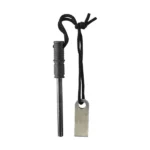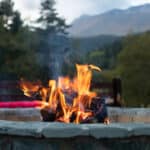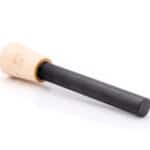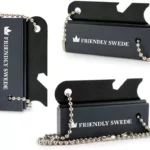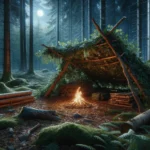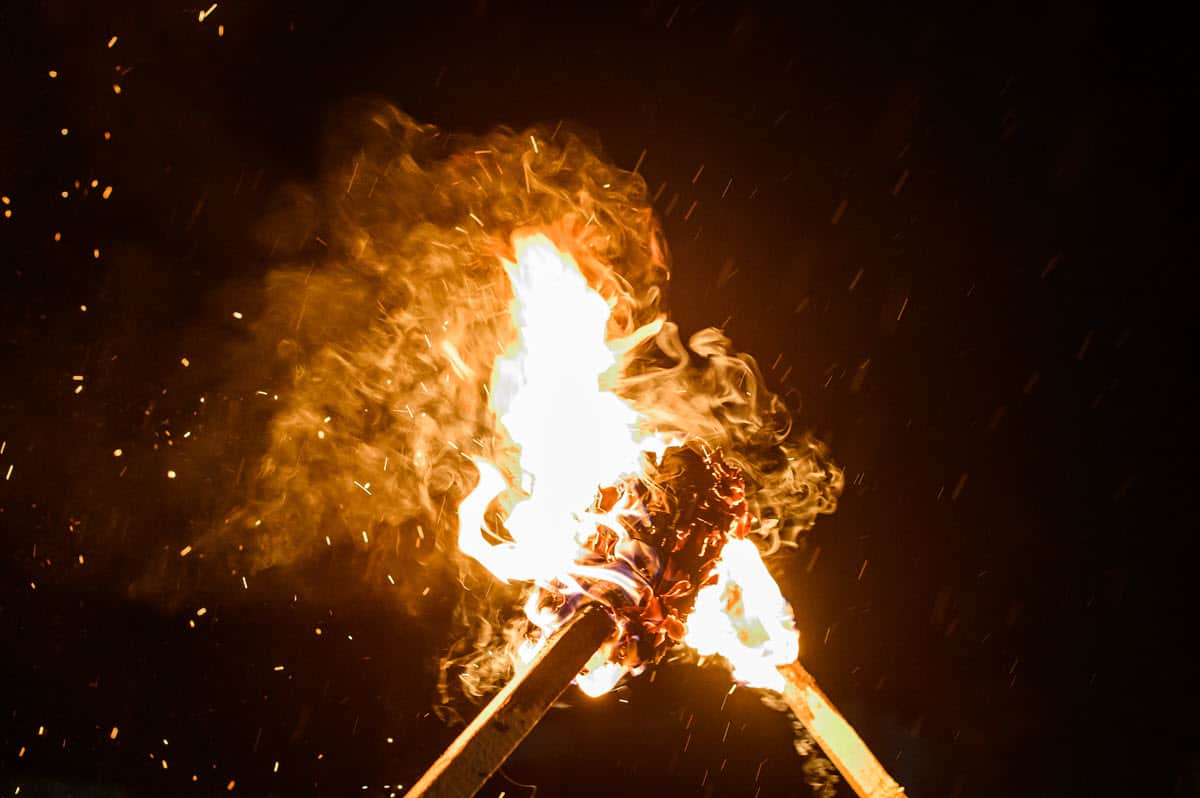
Having a reliable light source can be crucial in a wilderness survival situation.
Whether you need to navigate through the dark, start a fire, or signal for help, knowing how to make a torch using natural materials and a few simple tools can be a lifesaving skill.
Follow this step-by-step guide to craft a long-lasting, efficient torch that will illuminate your way to safety.
Table of Contents
- Gathering Materials
- Preparing the Torch Handle
- Creating the Torch Head
- Preparing the Fuel
- Lighting and Using Your Torch
- Variations and Tips
- FAQs
- What is a torch?
- Why should I make my own torch?
- What materials do I need to make a torch?
- What kind of fuel should I use in my torch?
- What kind of wick should I use in my torch?
- How do I make a torch?
- How long will my torch last?
- Can I reuse my torch?
- Are there different types of torches I can make?
- How do I light my torch without matches or a lighter?
Gathering Materials
To create your survival torch, you’ll need:
- A green, non-toxic hardwood stick (about 2-3 feet long and 2 inches thick)
- 100% cotton fabric or natural fibers like jute, hemp, or birch bark
- Fuel source (rendered animal fat, pine resin, vegetable oil, or paraffin wax)
- Cordage (natural fibers, wire, or nails) to secure the torch head
- A knife or multi-tool for cutting and shaping
Preparing the Torch Handle
- Use your knife to remove any twigs or bumps from the stick, creating a smooth surface.
- Carve one end of the stick into a point to make it easier to plant the torch in the ground when needed.
- On the other end, use your knife to create a crisscross pattern of shallow cuts. This will help the torch head adhere securely to the handle.
Creating the Torch Head
- If using fabric, tear it into strips about 2 feet long and 2-3 inches wide. If using natural fibers like jute or hemp, unravel and loosen the fibers.
- Bunch or braid the fabric strips or fibers together to form a dense, compact head.
- Wrap the material tightly around the carved end of the stick, using cordage to secure it in place. The tighter the wrap, the longer your torch will burn.
- If using birch bark, wrap a long strip around the end of the handle and secure it with cordage.
Preparing the Fuel
- If using a solid fuel like animal fat or pine resin, melt it in a heat-safe container until liquefied.
- No preparation is needed for liquid fuels like vegetable oil or paraffin wax.
- Soak the torch head in the fuel for several minutes to ensure thorough saturation. However, due to the bark’s natural oils, soaking is not necessary for birch bark.
Lighting and Using Your Torch
- Hold the torch away from your body at a 45-60 degree angle and ignite the fuel-soaked head using a lighter, matches, ferro rod, or campfire.
- Allow the flame to grow and stabilize before using the torch to light your way.
- As the torch burns, you can feed the flame by tilting the torch slightly, allowing the fuel to flow towards the head.
- Be cautious of falling embers and maintain a safe distance from flammable materials.
Variations and Tips
- To customize your torch, experiment with different materials like cattail heads, pine cones, or even toilet paper.
- Layer different natural materials in the torch head to extend burn time and improve efficiency.
- Always exercise fire safety and never use a torch in enclosed spaces due to the risk of carbon monoxide poisoning.
By mastering the skill of crafting a survival torch, you’ll be prepared to face the challenges of the wilderness with confidence.
With practice and the right materials, you can create a reliable, long-burning light source that will guide you through the darkest of nights.
Tip: Check out our survival skills articles to learn how to survive in the wilderness.
FAQs
What is a torch?
A torch is a portable source of light that can be used outdoors to illuminate the dark.
Why should I make my own torch?
Making your own torch can be a fun project, and it can also be a useful skill to have in case you find yourself without a source of light in the outdoors. Plus, it’s a great way to impress your friends and look cool.
What materials do I need to make a torch?
You’ll need a container, fuel, wick, and something to wrap the wick around.
What kind of fuel should I use in my torch?
Vegetable oil or tiki torch fluid are both good options for fuel. You can also use ash or soda, but be cautious as they can be less effective and cause more dripping.
What kind of wick should I use in my torch?
Kevlar wick is a popular choice for making torches, as it is durable and long-lasting. However, most people don’t take Kevlar with them when camping or in an emergency situation, so using readily available everyday items like cloth or cotton balls for the wick is usually a more reliable solution.
How do I make a torch?
Cut a strip of material to wrap the wick around, then snugly wrap the wick around the top of the stick and bottom of the wick. Then, soak the wick in fuel and light the torch.
How long will my torch last?
The length of time your torch will burn depends on how much fuel you use and how tightly you wrap the wick. A well-made torch should last for several hours.
Can I reuse my torch?
Yes, you can reuse your torch by adding more fuel and replacing the wick if necessary.
Are there different types of torches I can make?
Making many types of torches using various materials and methods is possible.
How do I light my torch without matches or a lighter?
To light a torch without matches, you can use alternative ignition sources such as a flint and steel, a ferro rod, a magnesium fire starter, or even a magnifying glass. Aim to create a spark or focus the sun’s rays onto your torch’s fuel-soaked head until it ignites. Ensure that the torch is adequately soaked in fuel to facilitate easier lighting. Check out how to start a fire without matches or a lighter for more info.










